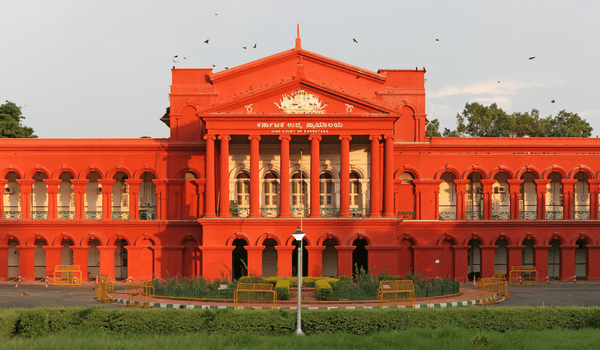
Karnataka High Court Critiques Centre’s Approach in X (formerly Twitter) Content Takedown Dispute The Karnataka High Court recently made noteworthy observations regarding the handling of the X (formerly Twitter) content takedown dispute by the Centre. The court suggested that the Centre could have avoided “unnecessary publicity” had it reconsidered its stance and issued more reasonable orders. Justice Narendar, presiding over the case, expressed the view that an “in-house” decision might have been a more discreet and effective approach.
The Content Takedown Saga
The X content takedown saga has been a topic of significant debate and discussion, highlighting the complex intersection of technology, freedom of speech, and government regulation. The Centre’s involvement in requesting content removals from the platform has raised questions about censorship, transparency, and due process.
Karnataka High Court’s Perspective
Avoiding Unnecessary Publicity: The Karnataka High Court’s observation revolves around the notion that the Centre’s approach in handling content takedown requests could have been more discreet. The court implies that the current process has drawn excessive attention, possibly fueling controversy and public debate.
Reconsideration and Reasonable Orders: The court suggests that the Centre could have mitigated the situation by reconsidering its stance and issuing orders that are perceived as more reasonable by the public and stakeholders. This approach might have reduced the need for extensive media coverage and public scrutiny.
In-House Decision: Justice Narendar’s opinion regarding an “in-house” decision emphasizes the importance of internal deliberation and resolution within government agencies. Such an approach, it is believed, would be less likely to attract unwarranted publicity compared to public disputes and legal proceedings.
Implications and Reflection
The Karnataka High Court’s observations shed light on the broader issues surrounding content takedown requests, governmental actions, and their impact on public perception and discourse. It raises questions about the transparency and communication strategies employed by government entities when dealing with tech companies.
In an era where information dissemination is rapid and widespread, the manner in which governments handle content moderation and takedown requests can significantly influence public opinion and the global reputation of both the government and the platform in question.
The X (formerly Twitter) content takedown saga serves as a case study in the evolving landscape of technology, governance, and free speech. The Karnataka High Court’s comments underline the importance of striking a balance between addressing concerns about online content and maintaining transparency and discretion in the process.
As the situation continues to evolve, it remains to be seen how the Centre and tech platforms like X navigate these complex issues while considering the impact on public perception and the broader discourse on free speech and content regulation.

